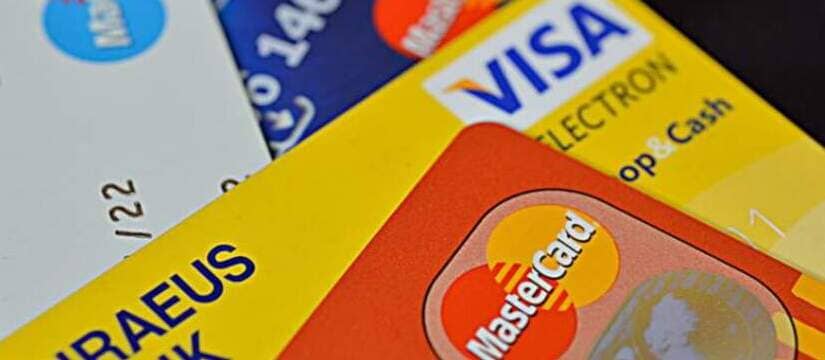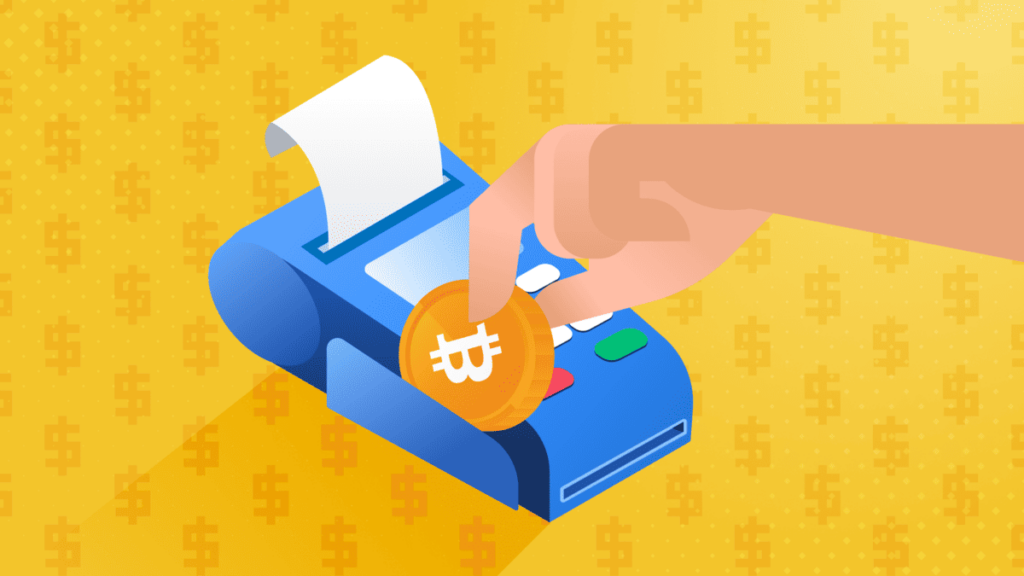TL;DR
- Stablecoins have driven the adoption of cryptocurrency payments thanks to their stability, speed, and lower costs.
- Regulation remains a clear problem. There are different approaches in Europe, the U.S., and the United Arab Emirates on how to address their legal use.
- Visa and Mastercard have partnered with industry companies and created some tools, making access easier for the general public.
Cryptocurrencies have evolved from a novelty to a real alternative for digital payments. What was once limited to a small group of users has now expanded to businesses, retailers, and services seeking efficiency and speed in transactions. The stability and ease of use of stablecoins have accelerated this process.

The growth of stablecoins is due to their lower volatility and reduced costs compared to assets like Bitcoin or Ethereum. Networks like Tron and Solana have gained prominence thanks to their speed and lower fees, allowing millions of users to make everyday payments. The diversification of platforms and improvements in infrastructure have removed many of the barriers that previously limited their use.
Cryptocurrencies Need Better Regulations
However, the advancement of cryptocurrency payments does not depend solely on technology. Regulation plays a crucial role in their adoption. In Europe, the MiCA legal framework aims to establish clear rules, but its implementation has been slower than expected. In contrast, regions like the United Arab Emirates have shown a more open approach, approving local stablecoins to facilitate their integration into the financial system. In the United States, although there is no specific federal regulation, transaction volume remains the highest in the world.

CBDCs: A Threat to Financial Freedom
As more companies recognize the advantages of stablecoins, new options backed by local currencies are likely to emerge. Some initiatives have failed, but the demand for efficient alternatives continues to grow. At the same time, central banks are looking to develop official digital currencies, though their centralized nature poses a significant threat to financial freedom for those seeking to escape the traditional financial system.

The Role of the Traditional Market
Traditional payment companies have already begun integrating cryptocurrencies into their networks. Visa and Mastercard have established partnerships with industry firms to offer cards that allow users to spend crypto easily. These integrations will lower the barriers between traditional money and digital assets, enabling many people unfamiliar with blockchain technology to gradually enter the market in a user-friendly way.
The evolution of cryptocurrency payments will depend on regulation, technological innovation, and user adoption. While this ecosystem continues to change, unless even more disruptive solutions emerge, stablecoins will remain the foundation on which new tools and more accessible and efficient payment models are built for everyone










